- Budget spent: £3,014
- Status: Implemented
Like many European countries, Spain is undergoing a process of widespread land abandonment. For decades, the landscape in Andalucía has been shaped by grazing by both wild and domestic herbivores. The current trend of abandoning livestock grazing activities and removing livestock from the landscape is having serious consequences for the open and semi-open habitats that many species there thrive on, such as wild rabbits and red-legged partridges, important prey species for the endangered Iberian lynx. The European bison, or wisent, is capable of having a profound impact on the landscape through its grazing and trampling behaviours. This project is monitoring reintroductions of this keystone species - the heaviest in Europe - and its potential to restore these vital habitats.
The Intervention
In October and November 2020, 18 bison were reintroduced to the El Encinarejo property by the dedicated owners and bison experts at the European Bison Conservation Centre of Spain. This project is intended to act as example to others in Spain of a more sustainable approach to land management and nature and species conservation. Detailed monitoring of the impacts of the bison on the landscape, habitat use, foraging behaviour and species interactions will be carried out to gather this vital information.
By demonstrating how European bison behave in a Spanish ecosystem, with minimal human interference, the project hopes to ultimately inspire and inform further reintroductions on large properties in the Andalucian region and beyond.
To support the project at El Encinarejo to gather the data they need, Mossy Earth is sponsoring the purchase of a GPS collar and three camera traps. The GPS collar will gather detailed data on their movements across the landscape. The camera traps, placed strategically at important sites, such as wallowing sites, where bison repeatedly roll around for grooming purposes, will provide important behavioural data.
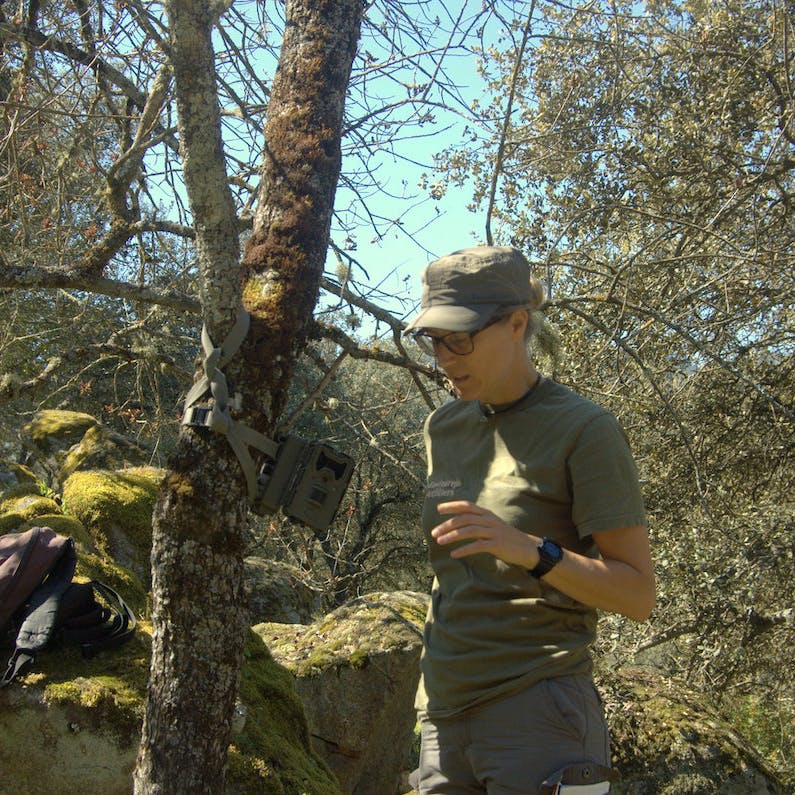
Learn More About the Context Behind this Project
A Vulnerable Species
Similar to the North American bison (or American buffalo), the European bison (Bison bonasus) has suffered a dark history at the hands of humans. After decades of over-hunting and habitat loss, only two populations survived in Europe by the 20th century. One was in the remote Northern Caucasus Mountains of Russia and another was in Poland’s Białowieża Forest, where a herd of around 600 bison remained. The last wild bison were killed during World War I and the Russian revolution, but thankfully a few individuals survived in captivity.
Efforts to reintroduce bison back to the wild began in the 1950s in Poland and thanks to further captive breeding and reintroduction efforts, like the one underway at El Encinarejo, there are now around 6,000 wild and semi-wild bison in Europe living in Poland, Romania, Czech Republic, The Netherlands and elsewhere.
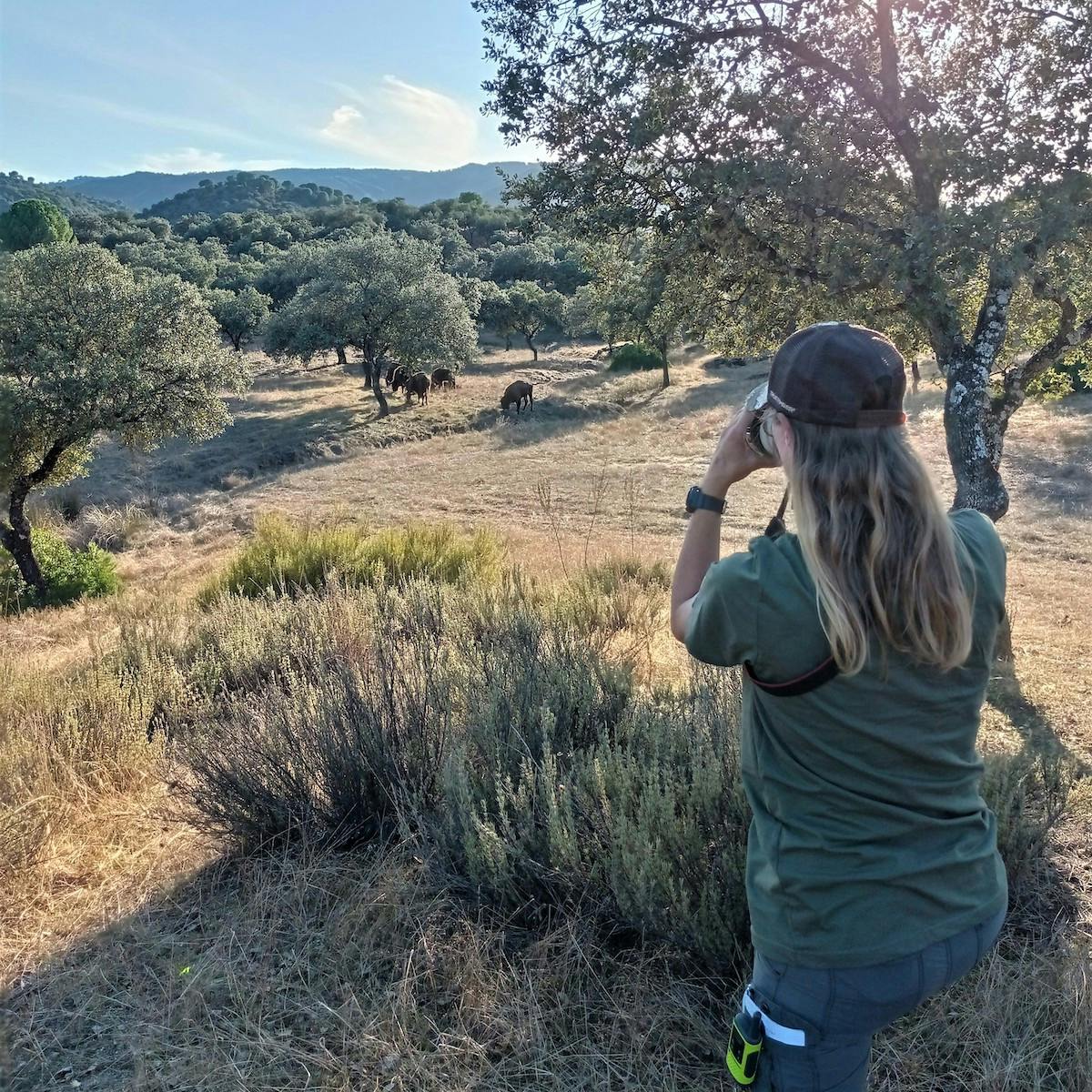
A Keystone Species
Reintroductions are an important mechanism for expanding the range of European bison and safeguarding the long-term survival of the species, but they also have the potential to contribute to the restoration and sustainable management of grassland and semi-open habitats in Europe.
Just like the American bison, European bison can help create and maintain grasslands and semi-open forests, supporting a wealth of insects and birds, through their foraging. Other ungulates benefit too, due to the landscape engineering work of the bison. They also disturb and aerate the soil through their wallowing and trampling behaviour and fertilize the land through their dung.
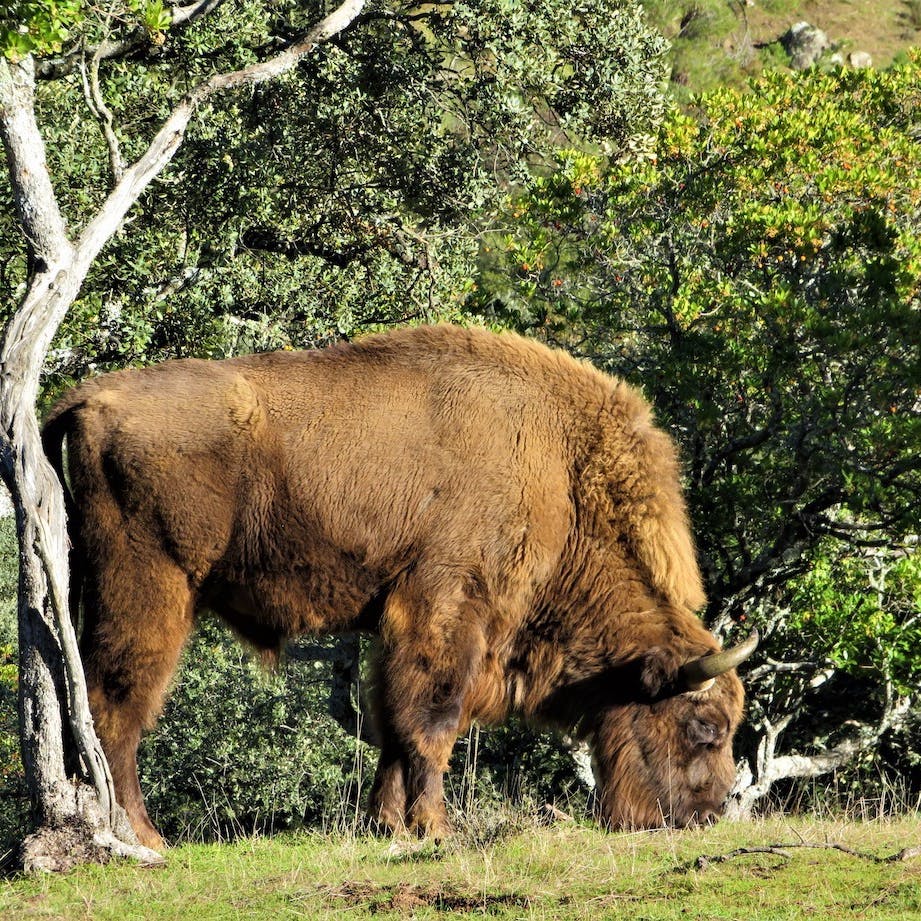
Contributing to the Area’s Ambitious Rewilding Goals
The intervention area encompasses what’s known as a dehesa landscape, a multifunctional agroforestry landscape comprising a mosaic of open grasslands with scattered evergreen trees, including oaks, and areas of more closed canopy.
It is home to a number of conservation priority species such as the endangered Iberian Lynx, the vulnerable Spanish Imperial Eagle (Aquila adalberti) and near threatened Cinereous Vulture (Aegypius monachus). The bison monitoring efforts are part of an ambitious landscape-level approach that aims to restore this unique habitat and conserve the rare species that call El Encinarejo home.
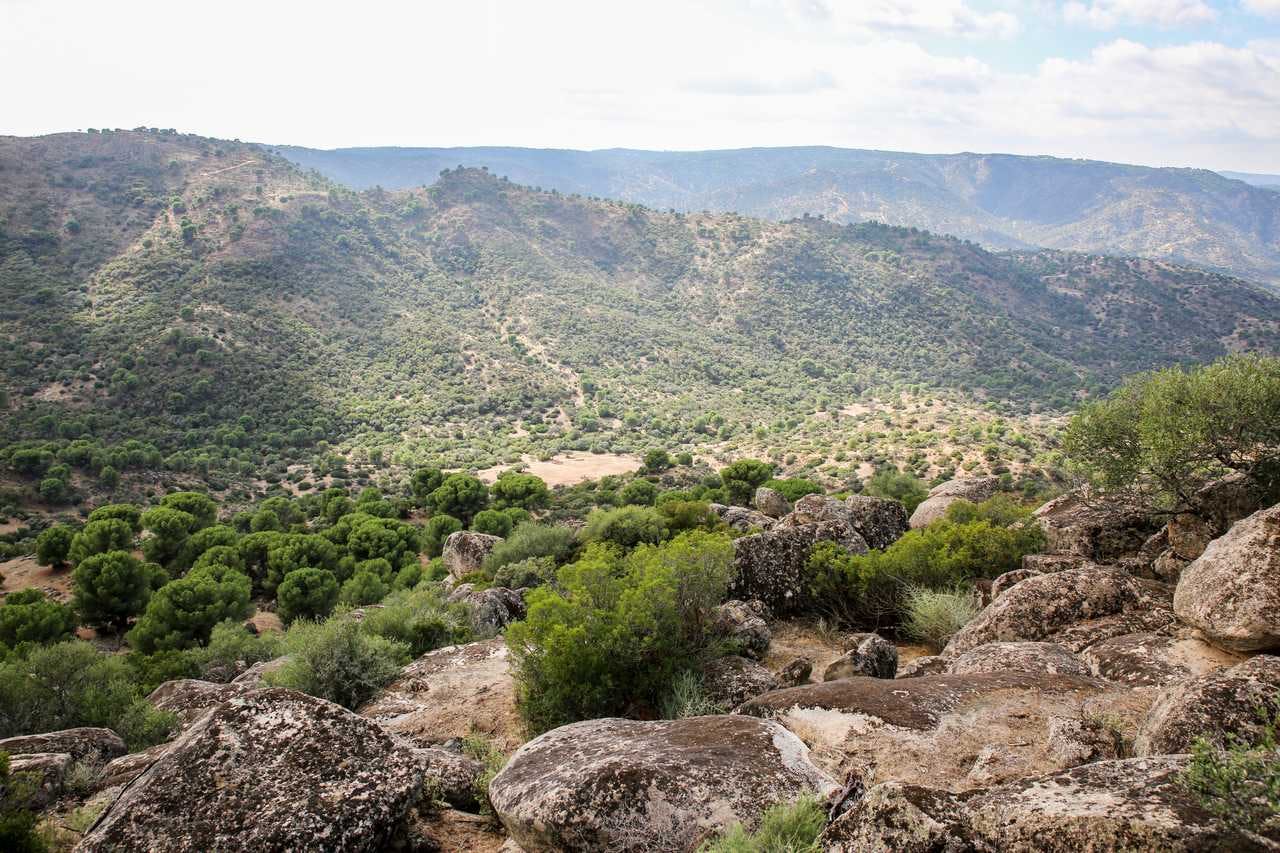
The Return of the Bison: Europe’s Largest Wild Animal - YouTube
Watch our video below to learn how the bison is coming back across Europe.
Sources & further reading

- “Conservation implications of the refugee species concept and the European bison: king of the forest or refugee in a marginal habitat?” - Ecography
- “Genetic status of the European bison Bison bonasus after extinction in the wild and subsequent recovery” - Mammal Review
the team behind the project
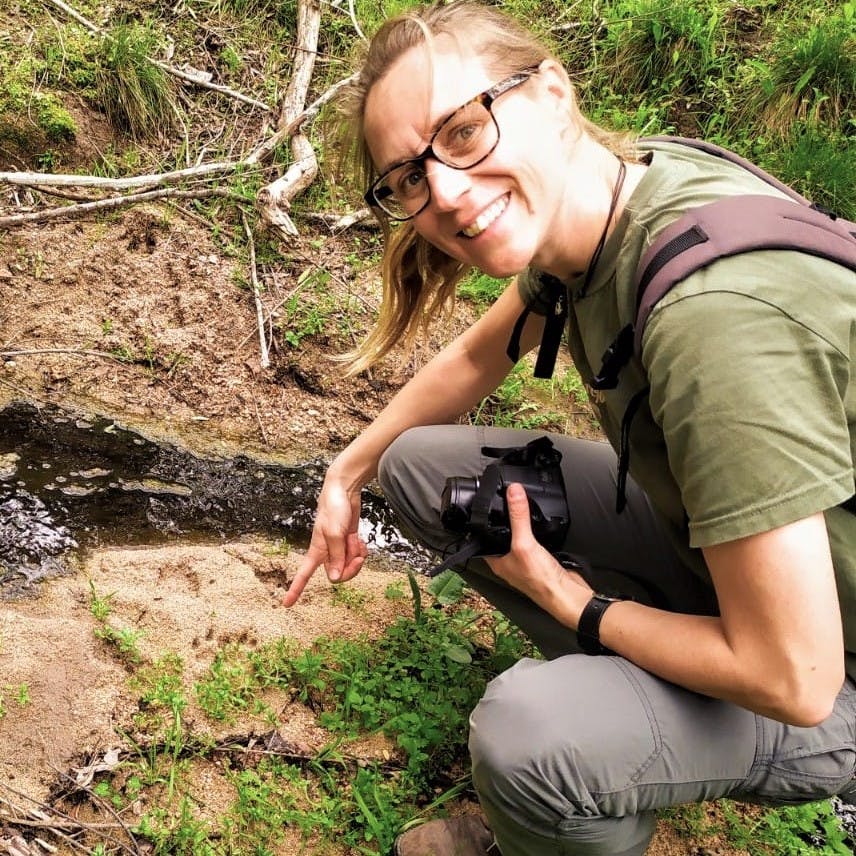
Yvonne Kemp, Lead Ecologist, European Bison Conservation Center of Spain
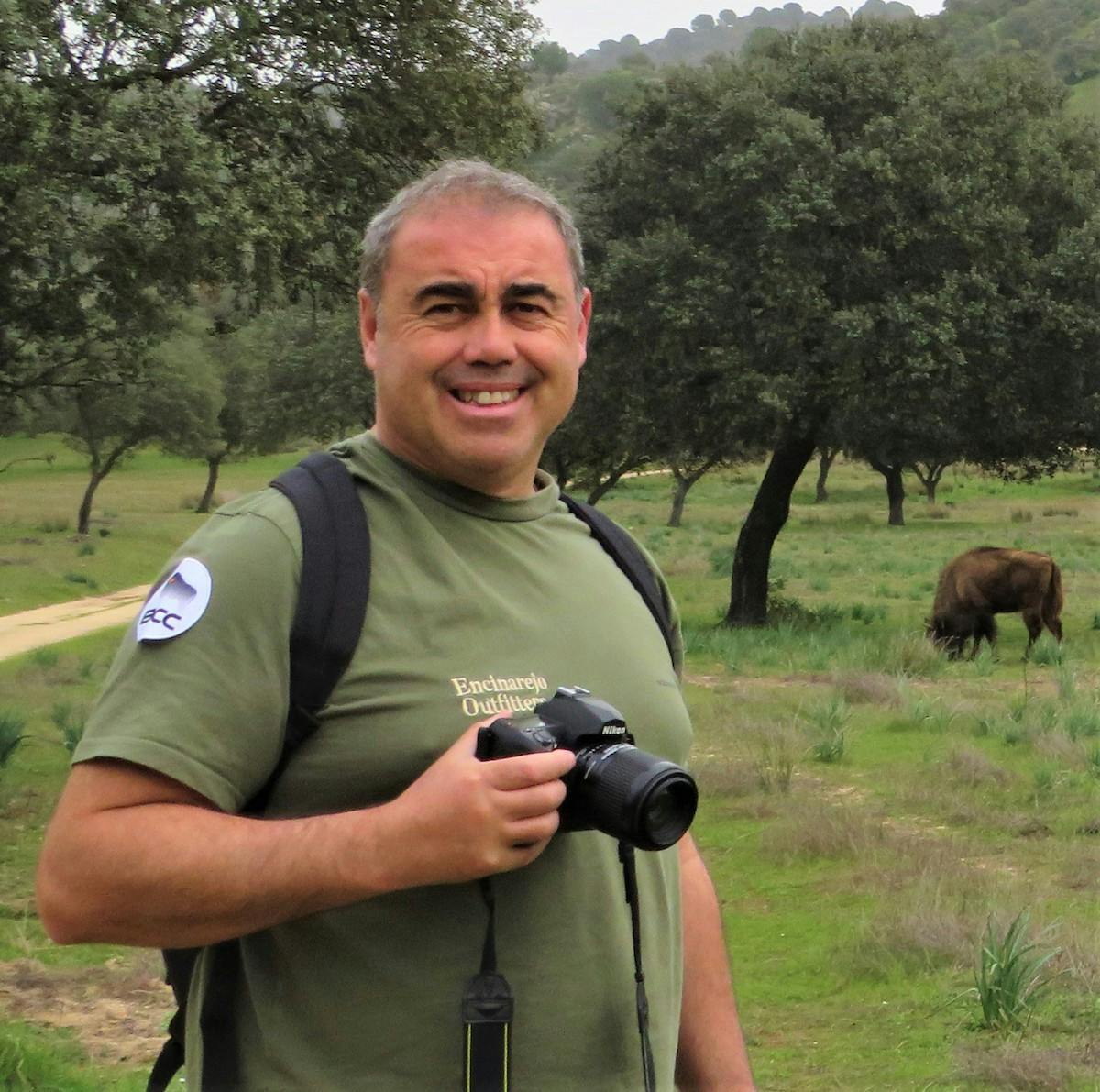
Fernando Moran, Director, European Bison Conservation Center of Spain
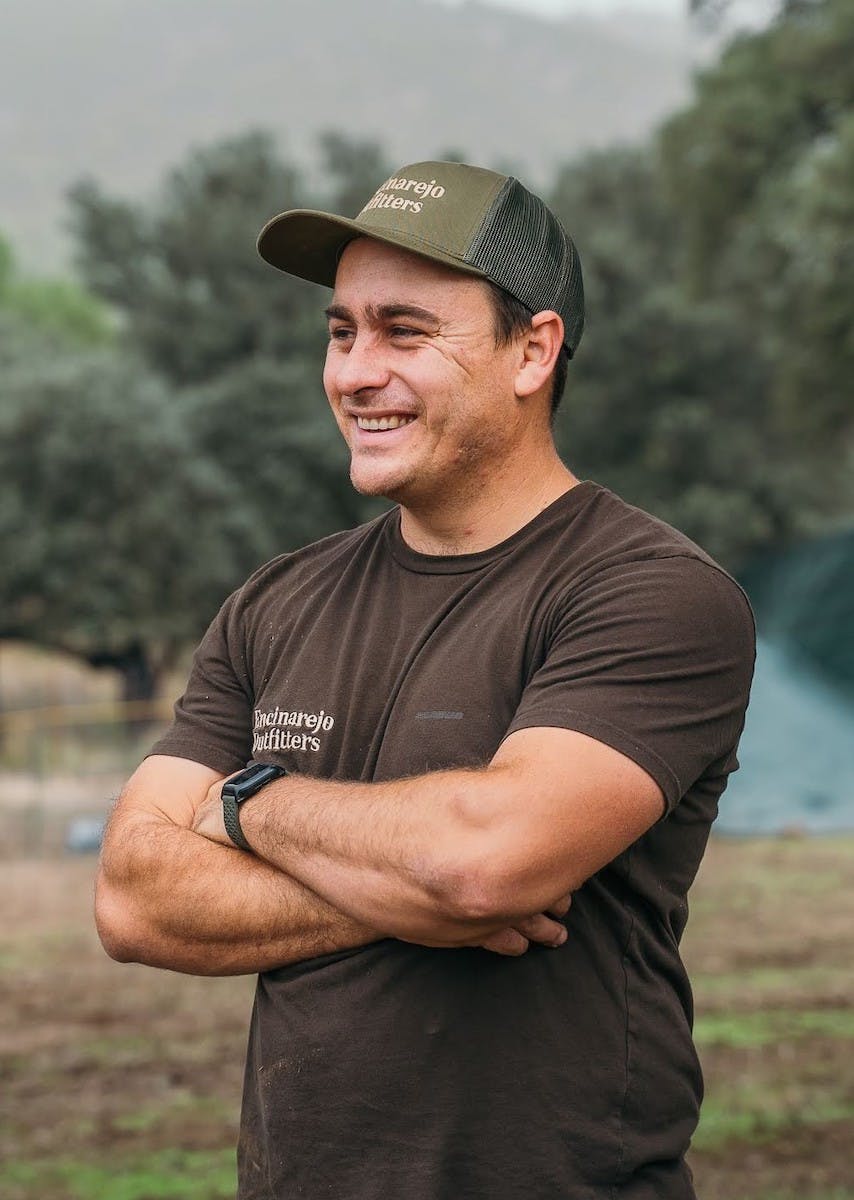
Alexander Hohne, Landowner, El Encinarejo

Guy Murdoch, Landowner, El Encinarejo
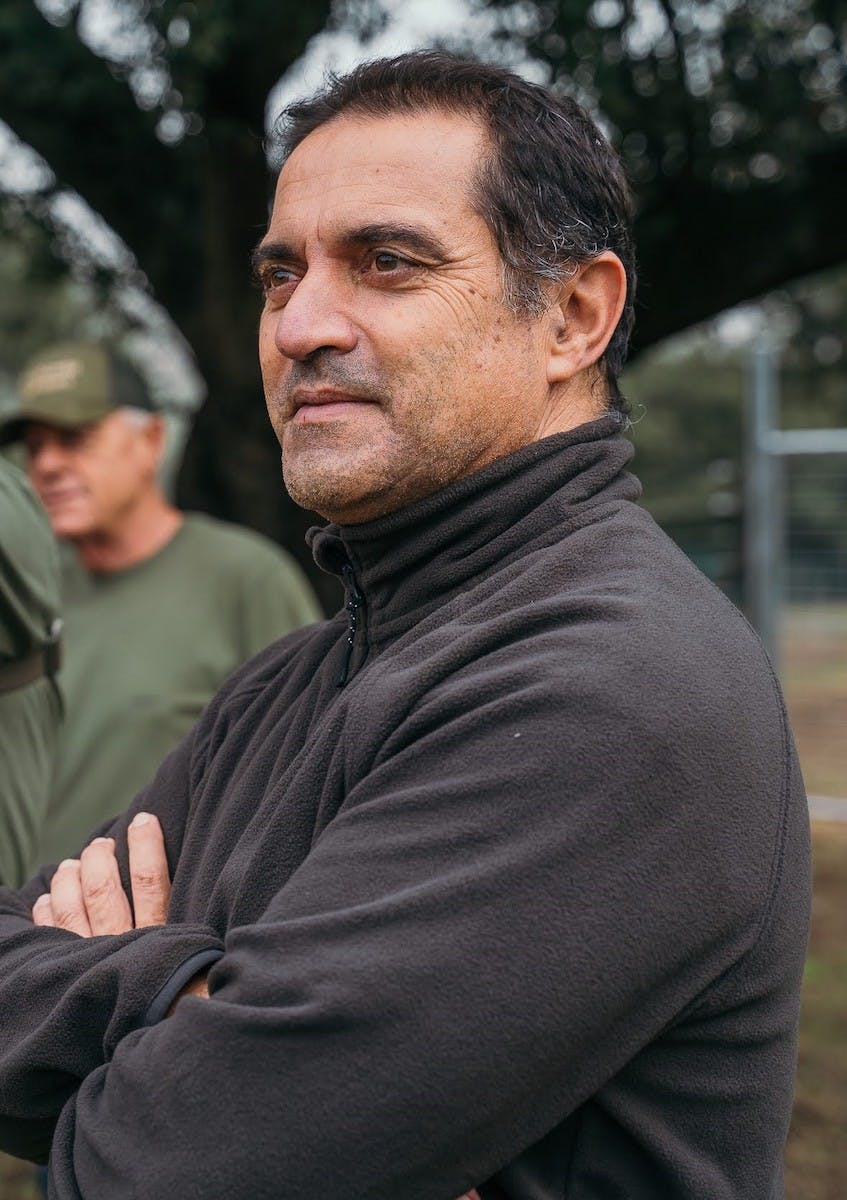
Justo Martín Martín, Biologist, European Bison Conservation Center of Spain
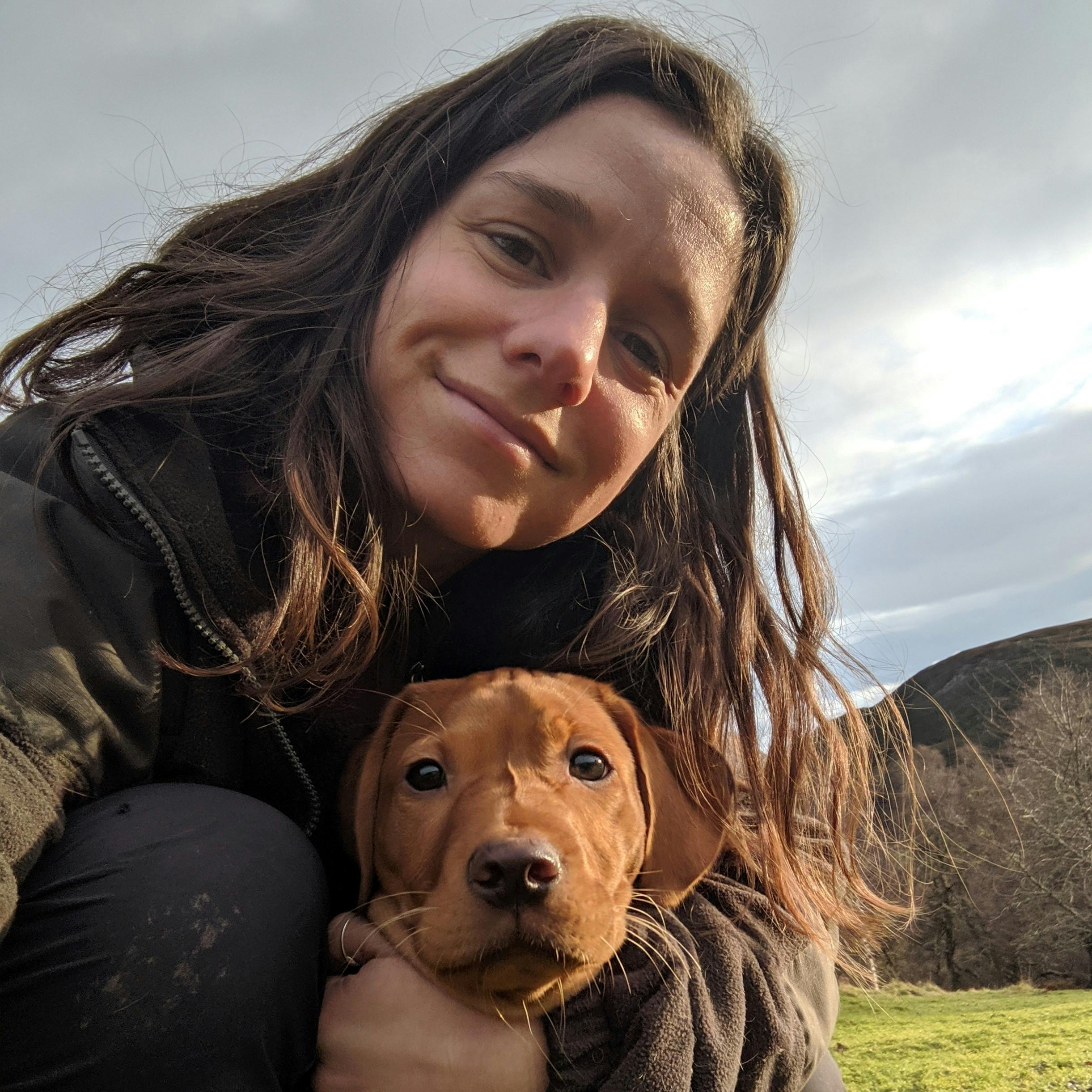
Hannah Kirkland, Conservation Biologist, Mossy Earth